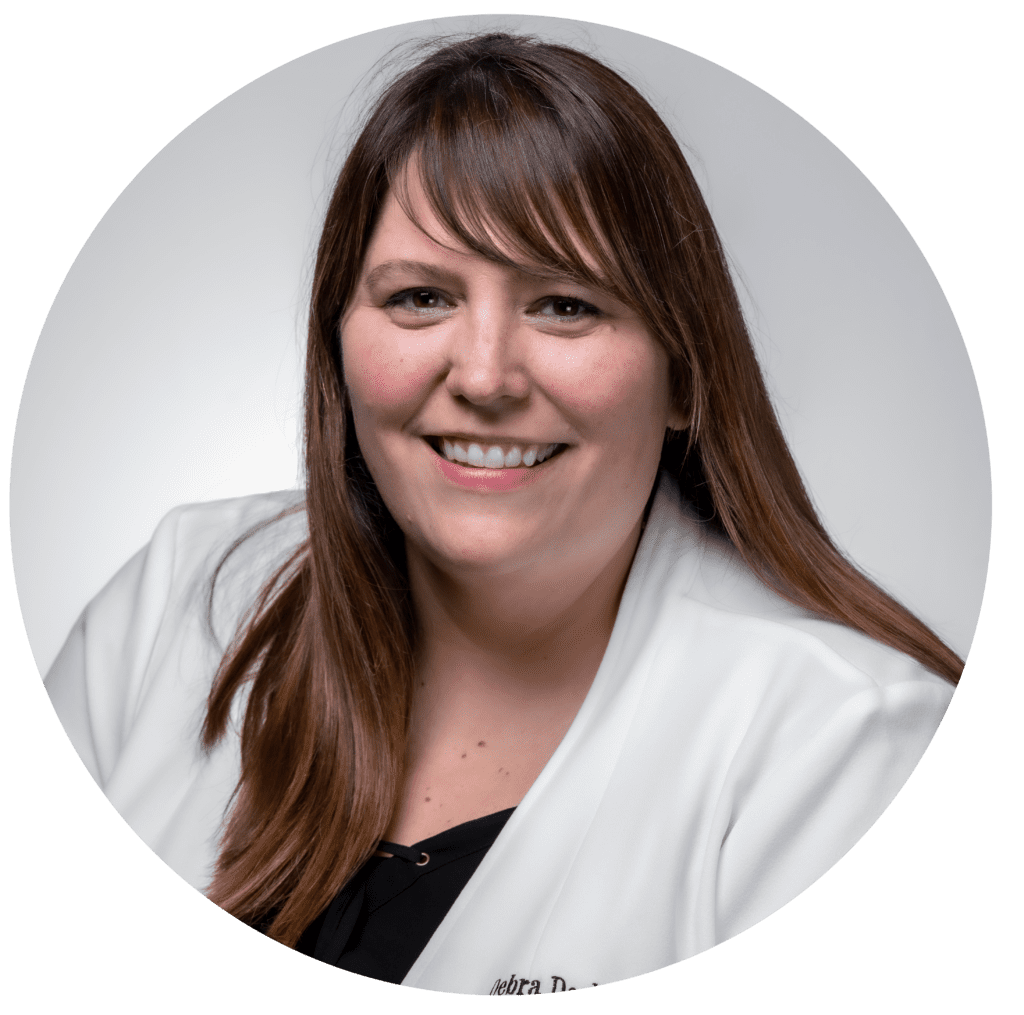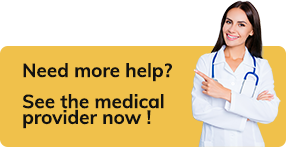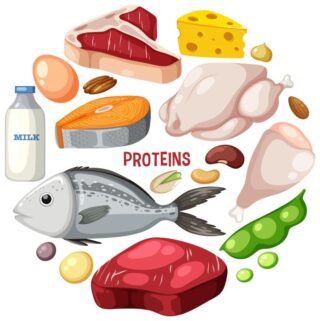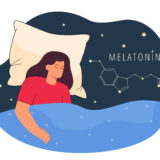What Are The Symptoms of ADHD?

What is ADHD?
ADHD stands for Attention-Deficit Hyperactivity Disorder. ADHD is a common neurodevelopmental disorder, most often diagnosed in childhood and lasting through adulthood. Children and adults with ADHD may have a hard time paying attention, controlling impulsivity, or may act overly active compared to peers.
There are three different sub-types of ADHD
- Inattentive: struggles to organize, pay attention, or follow instructions. Easily distracted.
- Hyperactive-Impulsive: fidgets and talks a lot, cannot sit still, impulsive and interrupts, cannot wait their turn.
- Combined: characteristics of both Inattentive and Hyperactive-Impulsive types.
ADHD is most commonly treated with a combination of Pharmacological and non-Pharmacological methods. Examples of Pharmacological methods involve stimulant medications or non-stimulant medications. Examples of non-Pharmacological methods include Parent Education/Behavior therapy, Cognitive behavioral therapy, and Emotional therapy.
Signs and Symptoms of ADHD
- Daydream often
- Forget or lose belongings
- Squirm, fidget, or talk too much
- Make careless mistakes
- Take unnecessary risks
- Cannot resist temptation
- Have trouble taking turns
- Find it difficult getting along with others
What are the types or categories of Attention-Deficit Hyperactivity Disorder (ADHD)?
Inattentive Presentation
- Difficult for the patient to…
- Organize or finish a task
- Pay attention to detail
- Follow instructions or conversations
- Easily distracted
- Forget details of daily routines
Hyperactive-Impulsive Presentation
- Fidgets and talks a lot
- Cannot sit still for long (during meals or during homework times)
- Run, jump or climb too much
- Restless
- Impulsive: interrupt others, speak at inappropriate times, more accidents and injuries
- Cannot wait their turn
- Cannot listen to directions
Combined Presentation
- Equal amount of symptoms from both inattentive and hyperactive-impulsive presentation categories.
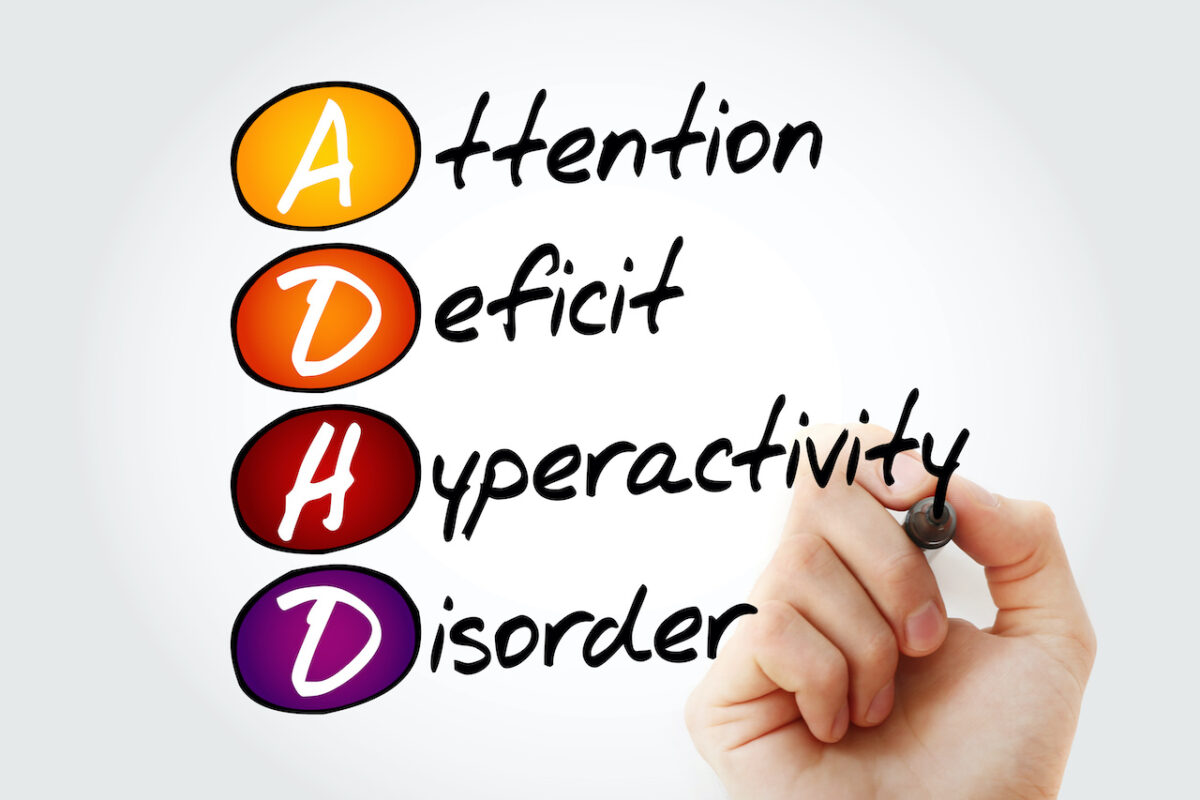
Diagnosis of Attention-Deficit Hyperactivity Disorder (ADHD)
Similar to learning disabilities, anxiety, and depression, there is not one single text to accurately and definitively diagnose ADHD. First, it is important for medical professionals to perform a thorough medical examination to rule-out other problems that may present like ADHD. Included in this exam should be a hearing and vision test to make sure that the child or adult does not have issues hearing or seeing their surroundings.
After a medical examination, medical providers use a specific list of criteria to make an accurate diagnosis. In most situations, the provider will ask parents, friends, family, and teachers for their experience working with the child.
Summary:
- ADHD Overview:
- Attention-Deficit Hyperactivity Disorder affects attention, impulsivity, and activity levels.
- Diagnosed in childhood, persists into adulthood.
- Three sub-types: inattentive, hyperactive-impulsive, and combined.
- Symptoms of ADHD:
- Daydreaming, forgetfulness, excessive talking, impulsivity, risky behavior, difficulty with turns, and social challenges.
- Diagnosis:
- No single test; medical examination rules out other issues.
- Criteria-based diagnosis with input from parents, teachers, and others.
- Thorough evaluation crucial for accurate diagnosis.
- Treatment Options:
- Pharmacological Methods:
- Stimulant medications (amphetamine, dextroamphetamine, methylphenidate).
- Nonstimulant medications (atomoxetine, clonidine, guanfacine).
- Non-Pharmacological Methods:
- Parent Education/Behavior Therapy: Effective as medication, promotes healthy habits.
- Cognitive Behavioral Therapy (CBT): Shifts negative thinking, builds coping tools.
- Emotional Therapy: Manages emotions, especially beneficial for comorbid anxiety.

This article reviewed by Dr. Jim Liu, MD and Ms. Deb Dooley, APRN.
There’s nothing more important than our good health – that’s our principal capital asset.
#medical #telehealth #umedoc
